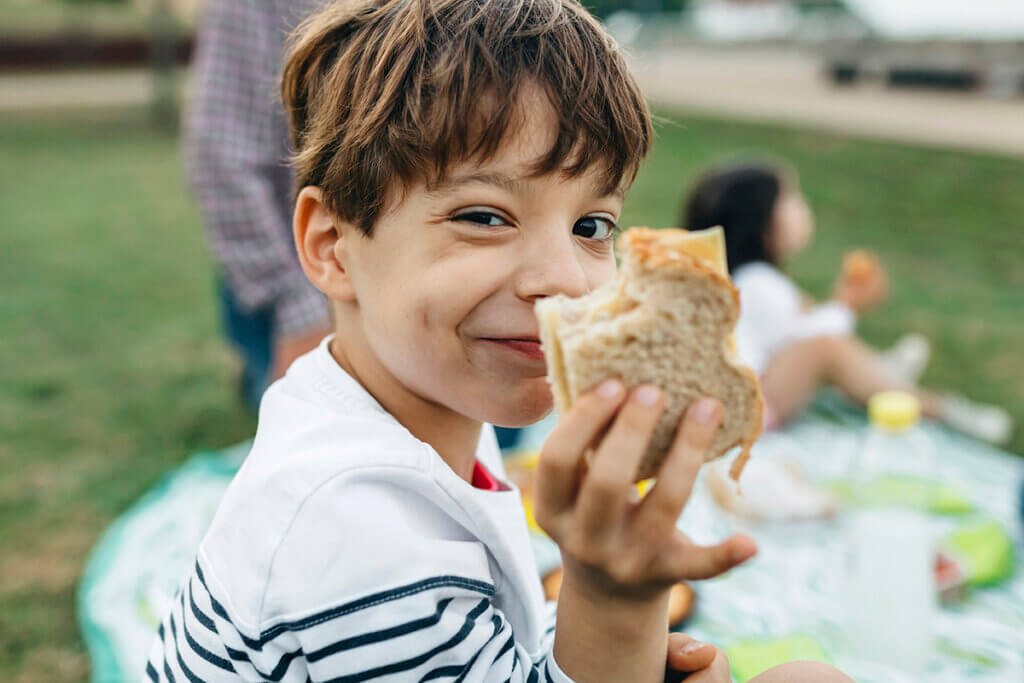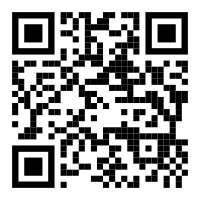The parents’ guide to counting carbs for diabetes
Learning how to count carbohydrates can help you and your child manage their diabetes more successfully. These tips and tools make it easier to do the math and keep track.

One of the most powerful ways to manage Type 1 diabetes is by tracking how many carbohydrates you eat. That’s because carbs break down into blood sugar, or glucose, during digestion. And people with Type 1 diabetes don’t make insulin, the hormone that keeps glucose levels in check. So if you have Type 1 diabetes, counting carbs so that you can match it with your insulin is a way to take control of your blood sugar levels — and your health. But it’s not a skill that you acquire automatically.
In fact, one study found that participants with diabetes who had to estimate the amount of carbs in 18 different foods were only about 59% accurate. That was true even with common foods like white rice, bananas, popcorn, and spaghetti with meatballs. Other studies have shown that younger people with Type 1 diabetes tend to make more carb-counting mistakes than older ones.
That’s not super reassuring for parents of kids with Type 1 diabetes. The good news: There are concrete steps you can take to fine-tune your own carb-counting skills and help your kids master it, too.
First, work with your child’s doctor or diabetes educator. In addition to mapping out a complete treatment plan, they can help you figure out the ideal carbohydrate target range for your child. Once you know how many carbs your child should have daily and per meal, use the tips here to make the process easier.
Did you know that pairing your child’s glucometer with Wellframe, a digital health management app, lets you share their blood sugar levels with their care team for monitoring help? Many health plans offer Wellframe for free. Find out if yours does by reaching out to your health plan.
Get Label-Savvy
Nutrition labels can help you learn about carb info. You might think to look at the amount of sugar. But in fact, sugar doesn’t raise your blood sugar any more than starches like bread and pasta do. Instead, the 2 lines to look at on a nutrition label are “total carbohydrate” and “dietary fiber.”
The total carb number includes sugar, starch, and fiber. Your body breaks down sugar and starch into glucose, which raises blood sugar. Fiber, on the other hand, does not raise blood sugar levels. And fiber is key for people with diabetes: It can slow the absorption of food, which helps balance blood sugar. So you’ll want to subtract the amount of fiber from the total carb amount — that’s your “net carb” amount.
Here’s a quick example: Say a food has 10 grams of total carbs and 2 grams of fiber. Subtract the fiber from the total carbs and you’re left with 8 net carbs. That’s the number to count toward the daily carb intake.
Download a Carb-Tracking App
Do you always have your smartphone handy? An app may be the best way to make carb-counting a habit. It can help you look up how many carbohydrates are in different foods and keep a daily tally of carb intake. This is especially helpful when eating out or eating foods with no nutrition label, like fruits and veggies.
“Many people find it useful to get an app that also displays net carbs,” says Karen Graham, RD. Graham is a certified diabetes educator and co-author of Complete Diabetes Guide. “Net carbs takes fiber and often sugar alcohols into account.” Sugar alcohols include sorbitol and mannitol, and they are a type of sugar that does not get fully absorbed by the body. They raise blood sugar about half as much as regular sugar.
Make a “Favorite Foods” List
Many kids eat the same things over and over again. Rather than calculate how many carbs are in today’s school-lunch PB&J, day after day, jot down the number once. Then make a running list of more favorite foods and their carb counts, and post it on your fridge.
A list like this is handy for you, but it’s also a helpful way for kids to learn about carbs, Graham says. For little ones and nonreaders, you can add photos of favorite foods and write the net carb number on the photo.
Keep Measuring Cups Handy
It can be hard to eyeball the difference between half a cup of cereal and a full cup. A measuring cup eliminates that guesswork. Plus, it gets your child more familiar with different portion sizes.
Buy a Food Scale
Sometimes, you get more accurate carb counts by weighing food instead of measuring it, says Graham. An example: Nuts can be hard to measure because they can be whole, chopped, or ground. That’s where using a food scale would be handy. You can buy one for less than $20, and they’re very easy to use.
Weighing food does call for doing some extra math. You’ll need to know 2 numbers:
- The weight of the food. For example, let’s say we have a serving of beans that weighs 130 grams.
- The “carb factor,” which is how much of the food’s weight is carbs. In our example, the beans have a carb factor of 0.11 carbs per gram. You can find food factor tables online, like this one from the University of California, San Francisco. Or ask your child’s doctor or diabetes educator. It might be helpful to post your factor table on the fridge too.
Now multiply the weight of the food times the food factor — 130 x 0.11, in this example — to get the carb count. The total is 14.3, so the beans have 14.3 grams of carbs.
Ask for Help
If you have questions (or frustrations) about carb counting, don’t be shy about seeking support. Your child’s doctor, diabetes educator, or dietitian is there to help. And be sure to involve your child too: At some point they’re going to have to learn carb counting for themselves. Ask them where they struggle the most.
“It’s important to listen,” says Minisha Sood, MD, an endocrinologist at Lenox Hill Hospital in New York City. “No matter how much parents try to clear the path for their children with carb-counting, obstacles will remain. Being a good listener helps the child share potential frustrations.” Because, as always, the first step to solving a problem is knowing there is one.
